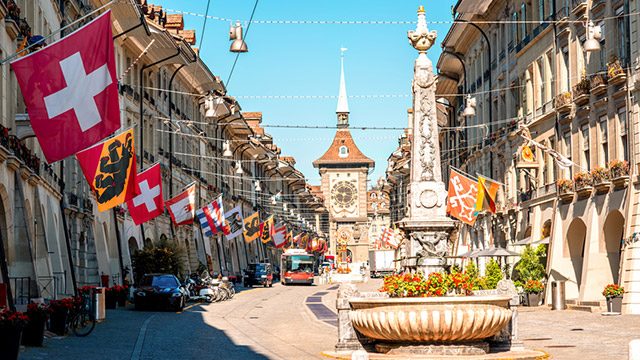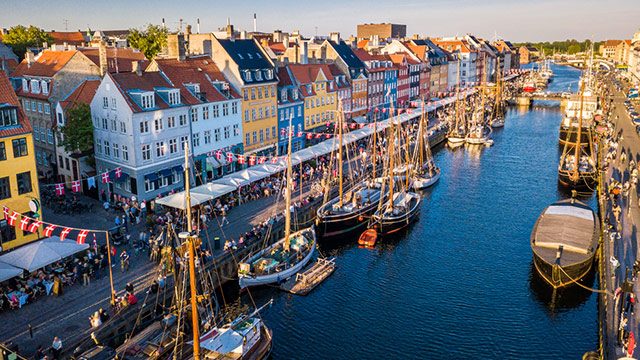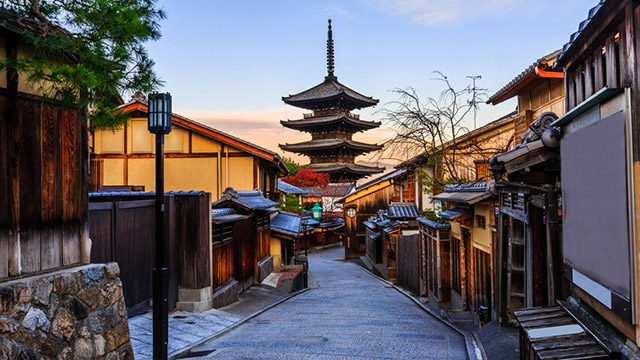SUMMARY
This is AI generated summarization, which may have errors. For context, always refer to the full article.

MANILA, Philippines – Are you one of the many people today who are choosing to live more sustainably?
According to a study by Nielsen, consumers around the world are seeking companies that care about environmental issues. In fact, they are willing to pay more for their products and services. This is good news because the United Nations Environment Programme has been calling for nations to “speed up” on climate change.
The Philippines, however, is still lagging behind. We ranked 82nd in the 2018 Environmental Performance Index (EPI) next to Iran and Namibia. It’s not surprising for a country that’s still largely powered by coal.
So, if you want to take your eco-friendly lifestyle to the next level, travel with a purpose – to learn a thing or two from the countries that topped the EPI.
Here are the countries you should visit:
Switzerland
The Swiss chocolates are probably enough to make you come to Switzerland. But apart from the majestic Alps and the magnificent Lake Geneva, you’ll be in awe of the Swiss’ commitment to be a more sustainable nation.
Zurich, Switzerland is a model for urban sustainability. Their high quality transport services that include zone buses and trams with affordable fares and extensive geographic coverage, operating day and night have reduced the number of cars on the road, saving huge amounts of carbon footprint.
While the country still uses nuclear power, Switzerland is already in the midst of an energy transition. They’re now using more renewables like hydropower, biomass, wind and solar and cleaner alternatives like natural gas. In a few years, Switzerland aims to phase out nuclear power through “Energy Strategy 2050.”
France

Second on the list is a country that’s already in many people’s bucket list – the home of The Louvre and the Eiffel Tower. There’s a lot to love about France: the beautiful architecture, their rich culture, and the croissants. But we’ll love it even more for its efforts to reduce waste and pollution.
France has banned single-use plastics, with the aim to completely stop plastic production by 2020. Polluting cars have also been banned in Paris and the speed limit is now down to 20 km/h.
Similar to Switzerland, France is mainly nuclear-powered but is less dependent on coal. Coal production has been shut down in 2004. Apart from nuclear, 10.1% of their energy is from hydro, 7.7% is from gas, and renewables like wind, solar and bioenergies based on the 2017 RTE results.
Denmark

Denmark is not just one of the happiest countries in the world, it’s also one of the most sustainable.
They may be living a rather cozy life known as “The Danish Art of Hygge” but Denmark is working hard to help the United Nations achieve its 17 Sustainable Development Goals by 2030 – one is by developing specific action plans to address environmental sustainability goals.
The country boasts of building energy-efficient buildings and sustainability in shipping. Denmark’s Maersk Group, the largest container shipping company in the world, addresses the impact of CO2 in shipping by using environmentally efficient triple-E second-generation container ships. These can cut CO2 emissions by 35% per container compared to the industry average for Asia-Europe trade.
In 2030, Denmark aims to cover at least half of the country’s total energy consumption with renewables.
Japan

If Europe is not on the top of your bucket list just yet, you can also visit a list topper that’s closer to home.
Japan is a favorite destination of many travelers because of its good food (whether that’s in restaurants or in convenience stores), honest and polite people, and its clean environment. It is also known for its efficient transport systems, so like in Switzerland, people use less cars and therefore produce less carbon footprint.
But waste pollution is one of Japan’s problems. To address this, the government implemented stricter rules on waste management. Now, only 1% of Japan’s council waste ends up in landfills and 83% of the country’s plastic waste products are recycled or incinerated.
Japan also sources a significant amount of its energy from natural gas, which is the cleanest of the fossil fuels, with about 60% less carbon emissions than coal.
While Japan is still largely dependent on coal for its energy, more and more are now realizing the need to act fast in order to meet the Paris Agreement objectives. This includes restrictions in financing coal power projects. The Japanese private sector is joining in by launching the Japan Climate Initiative to lead the phasing out of coal and the transition to more renewables.
Going 100% renewable is a global dream. But as we can see, even the richest and most progressive ones can’t just do it overnight. It’s a journey that entails small but significant steps like uniting to stop the use of dangerous energy sources like nuclear and coal, and opting for cleaner ones such as natural gas that will help us transition to more renewables.
So, for your next trip this year (or in the coming years), consider visiting any of these countries and help the Philippines take a cue on how to become a more sustainable nation. – Rappler.com
Add a comment
How does this make you feel?
There are no comments yet. Add your comment to start the conversation.